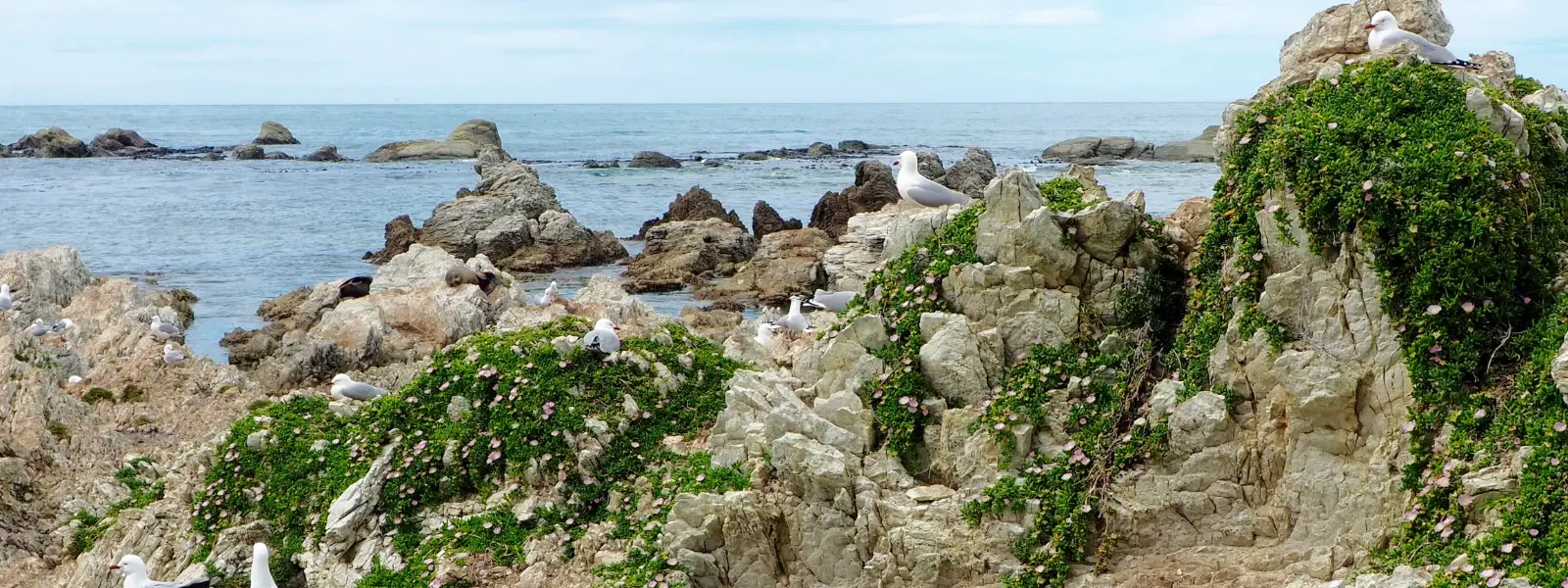
Hotels
•04 min read

Bengaluru is more than just a bustling city—it's a sanctuary for nature lovers and bird enthusiasts. Nestled near a rich tapestry of flora and fauna, the Bengaluru division offers a unique escape for those eager to witness a vibrant mix of resident and migratory birds. Today, we dive into the top two bird sanctuaries in Bengaluru division, exploring their unique features, significance, and practical visitor details for eco-tourists and bird watchers alike.
The Bengaluru division is blessed with an eclectic blend of avian species. Here, the lush greenery and diverse landscapes create a haven for both year-round residents and seasonal migratory birds. The region’s strategic geographical location, with its intermingling of water bodies and forested areas, supports a wide variety of bird habitats that appeal to bird enthusiasts and nature lovers.
Bird sanctuaries in this region do more than simply showcase beauty—they play a crucial role in conserving wildlife. By providing protected areas for birds, these sanctuaries ensure sustainable wildlife management and serve as key sites for eco-tourism. Preserving these natural havens ensures that both tourists and locals can enjoy and learn from nature while contributing to the conservation of critical species.
Ranganathittu Bird Sanctuary, located near Bengaluru, has a storied history as an important nexus for bird life in Karnataka. Recognized as a protected area, it has long attracted both casual visitors and serious bird watchers. This sanctuary provides insights into the delicate balance of nature, emphasizing the value of preserving the natural environment.
This sanctuary is famous for its diverse bird species, including various migratory birds that visit during the winter months. One of its most charming features is the opportunity to enjoy bird watching via boating—an experience that allows you to observe these feathered residents from a unique perspective. The scenic beauty of the surroundings, with its shimmering water bodies and lush greenery, creates an idyllic backdrop that enchants visitors.
Ranganathittu is easily accessible and promises an enriching experience for nature lovers. The best time to visit is during the cooler winter months, from November to February, when migratory birds are most active. There is an entry fee that varies according to age and visitor status. Additionally, nearby attractions provide perfect opportunities for an extended nature-filled exploration.

Kokkare Bellur Bird Sanctuary offers a distinct experience, primarily due to its community-driven conservation efforts. Located in proximity to Bengaluru, this sanctuary is celebrated as one of the most popular bird habitats in the area. The active involvement of local villagers in its upkeep gives it an authentic, grassroots feel that resonates with eco-conscious visitors.
The sanctuary is renowned for its large populations of painted storks and spot-billed pelicans, among a myriad of other waterbirds. The communal approach to conservation ensures that these majestic species continue to thrive. The harmonious blend of nature and local culture not only enhances the appeal of the sanctuary but also stands as a living example of how conservation and community can work together seamlessly.
Kokkare Bellur is best visited during the winter months, when its bird populations are at their peak. Beyond bird watching, the site offers a glimpse into local traditions and cultural practices. Its proximity to Bengaluru makes it an ideal day trip for families, adventure seekers, and professionals looking to unwind amidst nature.
Eco-tourism is woven into the very fabric of these protected areas. By encouraging responsible tourism, sanctuaries like Ranganathittu and Kokkare Bellur not only safeguard the local environment, but also provide visitors with immersive nature experiences. Several ongoing initiatives and partnerships aim to preserve bird species while educating the public about the benefits of sustainable travel. This symbiotic relationship between eco-tourism and conservation resonates well with the spirit of exploration and environmental awareness.
Despite the many positives, bird sanctuaries in the Bengaluru division face challenges such as habitat loss and human interference. However, there is plenty of reason for optimism. With increasing awareness and community involvement, responsible tourism is paving the way for enhanced conservation measures. By supporting these sanctuaries, visitors become an integral part of a larger effort to maintain biodiversity and preserve these natural wonderlands for future generations.
Insight Corner: Why Protecting Bird Habitats Matters
Did you know? Bird sanctuaries like Ranganathittu are not just avian havens but also critical ecosystems that help control insect populations and support biodiversity. These protected areas are essential for maintaining ecological balance.

Ranganathittu Bird Sanctuary and Kokkare Bellur Bird Sanctuary are two of the most renowned bird sanctuaries in the Bengaluru division.
The best time to visit is during the winter months, from November to February, when migratory birds flock to these sanctuaries.
Yes, there is an entry fee for Ranganathittu Bird Sanctuary. The fees typically vary for adults, children, and foreign nationals.
Painted storks, spot-billed pelicans, and a variety of other waterbirds are commonly found at Kokkare Bellur.
You can support conservation by visiting sanctuaries responsibly, donating to eco-tourism initiatives, or volunteering with local conservation organizations.
The Bengaluru division is a true bird lover's paradise, boasting incredible sanctuaries like Ranganathittu and Kokkare Bellur that significantly contribute to the conservation of our feathered friends. These sanctuaries not only offer mesmerizing views and immersive experiences for nature enthusiasts, but they also play a pivotal role in sustainable tourism and environmental education in Karnataka. By exploring these avian hotspots, visitors not only enjoy nature at its best but also support vital conservation efforts that protect our shared ecological heritage.